Breast Self-Exam
A guide to performing routine breast checks at home.
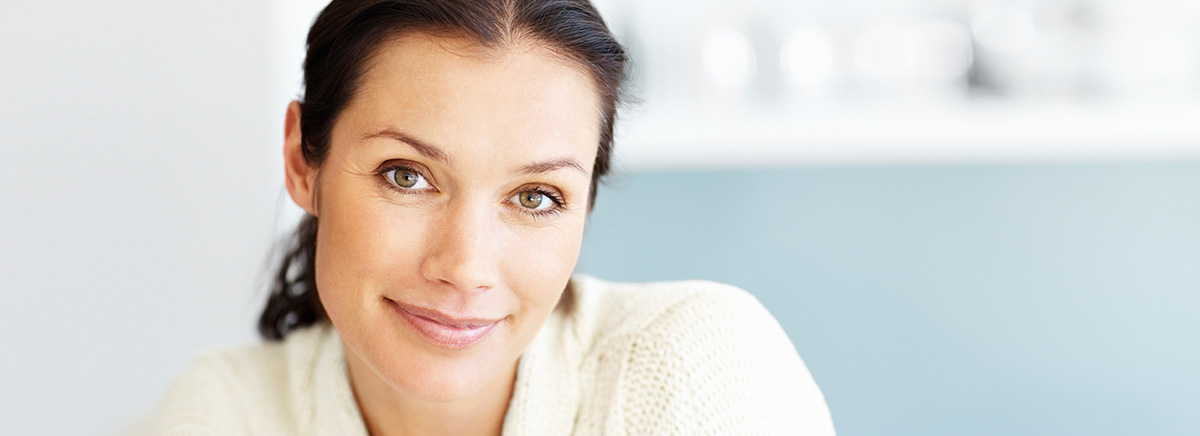
The key to staying healthy is knowing your body.
Research shows that regular breast self-exams, clinical breast exams and mammograms play important roles in the early detection of breast cancer.
Breast self-exams make you aware of how your breasts normally look and feel. That way, you can let your healthcare provider know if you notice any changes such as a new lump, redness, or swelling.
Beginning at around age 20, women are encouraged to do breast self-exams on a monthly basis. Self-exams should take place at the same time each month to maintain consistency, and the best time to do them is at the end of your menstrual cycle when your breasts are less tender and swollen. If your menstrual cycle is irregular or you no longer have periods you can choose a date that is easy to remember, such as the first of the month on which to perform your exam.
If you see or feel any unusual changes to your breasts, it’s important to communicate that information to your primary care doctor or OB/GYN. Your healthcare provider may order further evaluation, such as a breast ultrasound or breast MRI. Try not to jump to conclusions if additional studies are recommended, since not all changes indicate cancer.
Remember, monthly breast self-exams are different from clinical breast exams (CBE), which are done by your doctor or other healthcare provider. Self-exams don’t replace clinical breast exams, they are simply another identifying tool in the early detection of breast cancer.
“Performing self-breast exams, getting yearly clinical breast exams, and making sure to have your recommended annual breast screening mammogram are all important aspects in creating a healthy lifestyle.”
Michael Forino, M.D.
Medical Director, Women’s Imaging Center
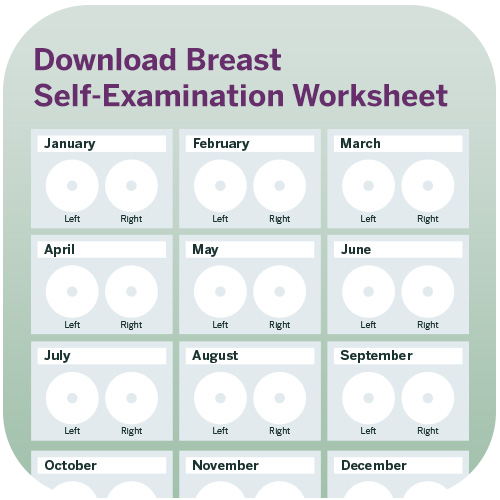
BREAST SELF-EXAM WORKSHEET
Use this worksheet to track your monthly breast checks, then take it to your healthcare provider to discuss any changes.

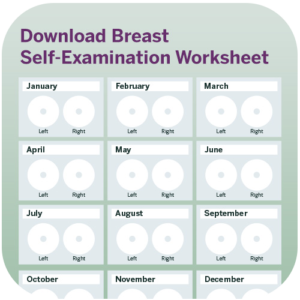
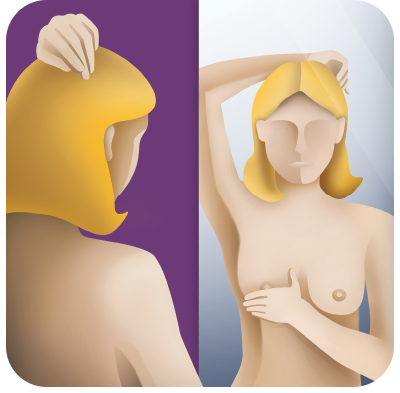 USING A MIRROR
USING A MIRROR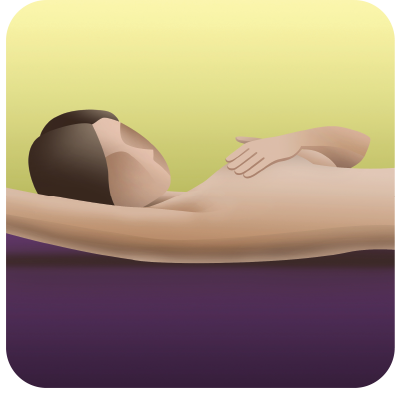 LYING DOWN
LYING DOWN